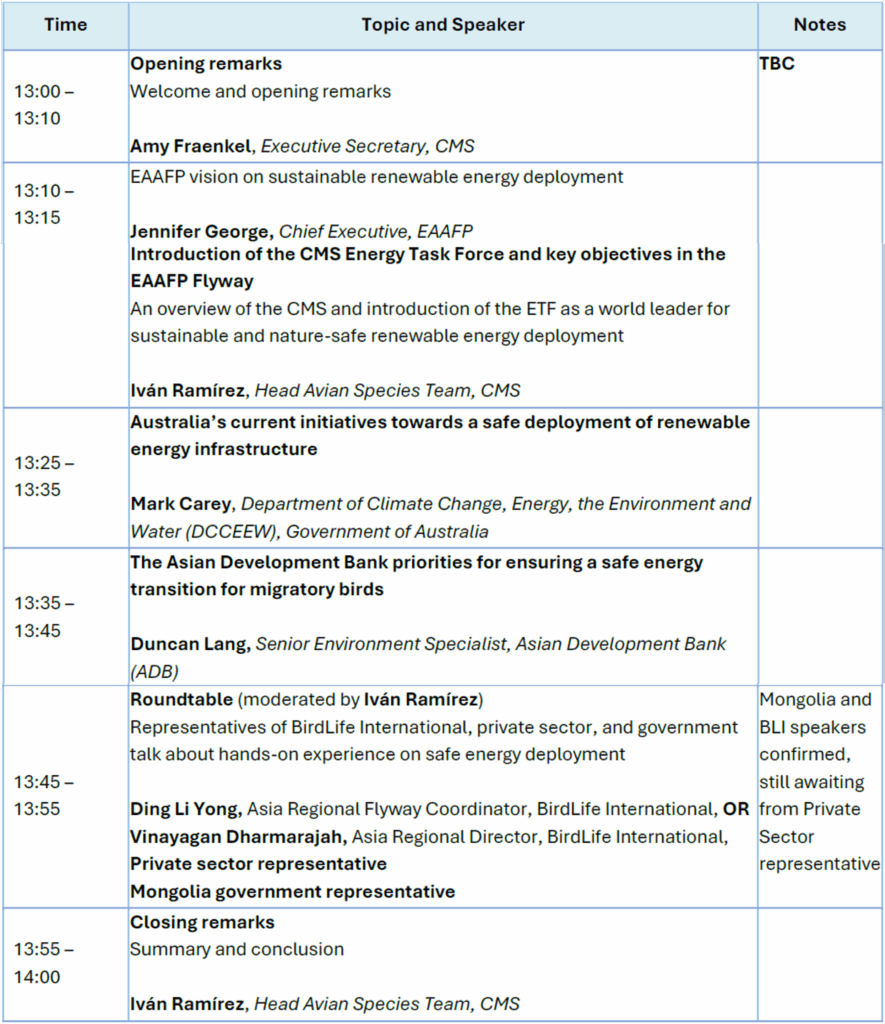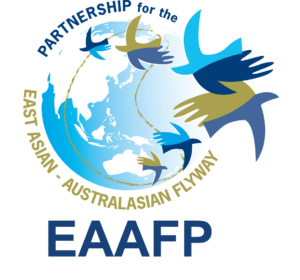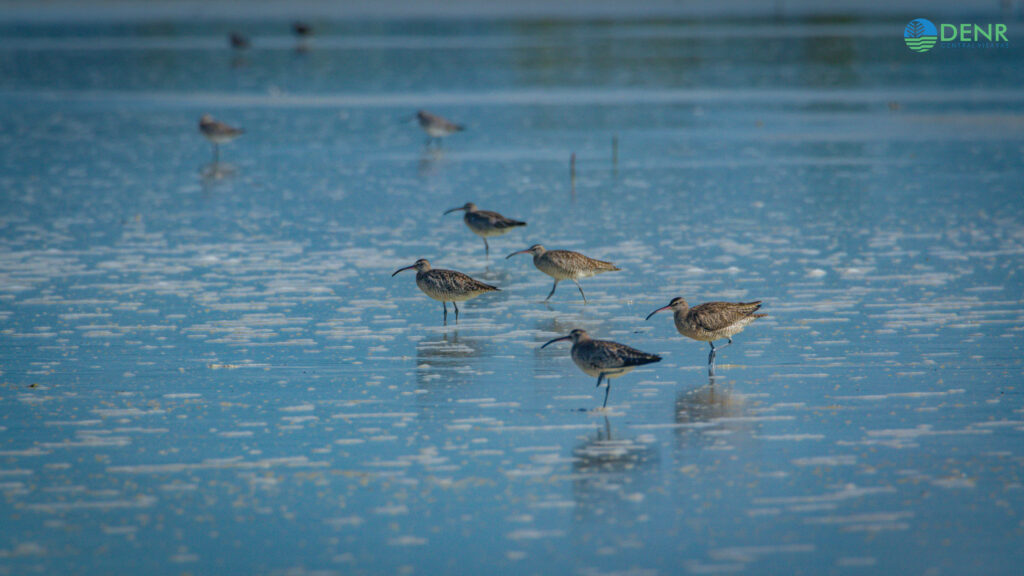Lead Organiser/s CMS Secretariat
Co-organiser/s BirdLife International (Asia), Asian Development Bank, Government of Australia (DCCEEW)
Background
A rapid renewable energy transition is critical for a nature-positive and net-zero future, in line with the Global Biodiversity Framework and the Paris Agreement. However, if not planned, designed, sited, installed and operated properly, renewable energy projects – particularly wind energy – can pose significant adverse and lasting threats to biodiversity, including migratory species, during construction, operation and decommissioning, at the project site and beyond.
This side event will highlight the work of the Energy Task Force (ETF), established in 2015 under the UN Convention on the Conservation of Migratory Species of Wild Animals (CMS). As a multi-stakeholder platform, the ETF fosters cooperation among governments, multilateral environmental agreements, international organisations, civil society, and financial institutions. The EAAFP, represented by its Secretariat, along with two of its country partners – Australia and New Zealand – are members of the ETF and have contributed to the development of the ETF Workplan 2025-2032. Other EAAFP Partners, including the Secretariat of the Convention on Biological Diversity (CBD), Ramsar Secretariat, IUCN, BirdLife International, and the CMS Secretariat, are also members of the ETF. The ETF facilitates knowledge-sharing, the development of science-based best practices, and the promotion of responsible and innovative solutions to reconcile renewable energy infrastructure with biodiversity conservation.
Bringing together experts and key stakeholders from East Asian-Australasia Flyway region, this event aims not only to explore how the ETF platform has been instrumental in driving sustainable energy development while mitigating impacts on migratory species, but also to encourage increased membership of the ETF from the EAAFP region. In the light of the rapid expansion of renewable energy infrastructure in the Asia Pacific region, panelists will discuss how they have leveraged ETF guidance, tools, and collaborations to implement practical conservation measures in renewable energy planning and operations.
Objectives
• Showcase leading publications that have emerged from ETF collaborations, including Post-construction Bird and Bat Fatality Monitoring for Onshore Wind Energy Facilities in Emerging Market Countries by IFC – World Bank, KfW and European Bank for Reconstruction and Development (EBRD); Mitigating biodiversity impacts associated with solar and wind energy development by the International Union for Conservation of Nature (IUCN); and Bird Curtailment in Offshore Wind Farms: Towards a Coherent sea-basin Approach to Mitigate Collision Risk for Birds by BirdLife Europe and Central Asia
• Feature insights into the Avian Sensitivity Tool for Energy Planning (AVISTEP), a free online mapping tool developed by BirdLife International with support from the Asian Development Bank (ADB)
• Share what are the plans and priorities outlined by ETF members for this particular region.
Expected Outcomes
• Participants will gain a deeper understanding of how the ETF fosters collaboration and drives progress toward a nature-safe renewable energy transition.
• Participants will learn about opportunities for interested stakeholders in the region to engage in the ETF and its activities.
Tentative Programme


